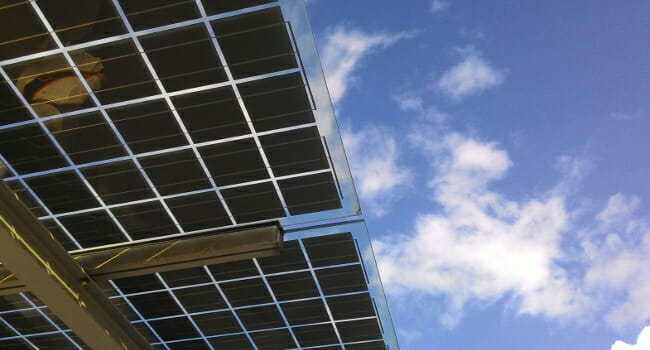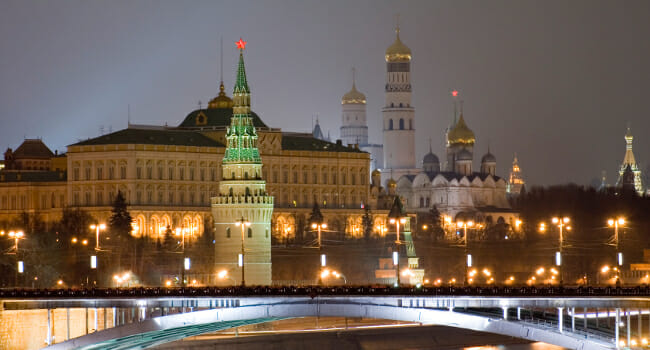Many regions in the world today cannot be sufficiently supplied by large, central power plants and therefore depend on distributed power generation. For many years, this market has been mainly served by fossil fuel-powered gensets.

Our view on the latest developments in PV.

Many regions in the world today cannot be sufficiently supplied by large, central power plants and therefore depend on distributed power generation. For many years, this market has been mainly served by fossil fuel-powered gensets.

Satellite PV module manufacturing, the assembly of modules in factories in end markets around the globe rather than in highly centralized and vertically integrated facilities, is a growing trend in the PV industry.

Next to the utility segment, the commercial/residential rooftop segment of the Brazilian PV market offers good market potential, driven by very favorable conditions for self-consumption of generated power.

The PV industry has bounced back from a tough few years of drastic consolidation driven by overcapacity and savage price competition. The PV market is now global and diversified, and is experiencing strong and consistent growth resulting in companies across the PV value chain becoming profitable again.

The Turkish solar market is set to flourish. Attractive opportunities for investors and self-consumption are driving a boom in the license-free segment, and an overwhelming 8.9 GW of applications were received for the 600 MW of tendered capacity last year in the licensed segment.

We spoke to Nikolai Dobrott about his thoughts on the much-discussed topic of when, by whom, and how the next steps in the development of Saudi Arabia’s solar market will unfold.

Plans to diversify Brazil’s hydro-dominated electricity market continue to move ahead, most recently boosted by the just announced solar tendering rounds. With a clear need for additional power generation capacity (~63 GW by 2022) to satisfy a growing population and economy, opportunities are opening up in Brazil’s expanding solar utility-scale and distributed generation segments.

With negligible fossil energy reserves, Jordan is heavily dependent on foreign energy imports. Solar and wind power generation is well-placed to support Jordan’s goals to increase energy independence and reduced energy spending.

Opponents of solar energy tend to circulate the misinformation that a PV module cannot generate the amount of electricity during its lifetime that was used in its production. How much electricity is really needed to make a PV module?

The Gulf region is not only home to some of the world’s leaders in oil and gas production, it is also a powerhouse of renewable energy potential. Many of the GCC[1] member countries are perhaps best known for their immense oil and gas reserves, however, they also offer excellent solar resources, and in many cases strong wind resources.

Apricum Principal Florian Mayr examines the likelihood of Russia to realize its potential in becoming a major renewable energy industry player, and finds the signs are positive. While Russia has long opted to pursue an energy policy driven by nuclear and fossil fuels,...

Apricum Project Manager Sebastian Schierenbeck examines Mexico’s renewable energy schemes with a focus on solar energy. Adopting a different approach to the conventional feed-in-tariffs favored in established renewable energy markets, Mexico’s mix of energy schemes...